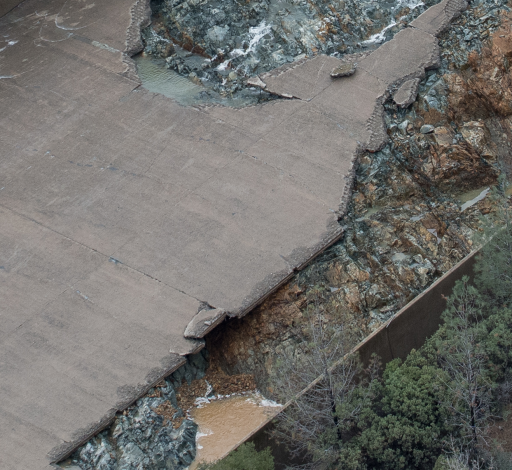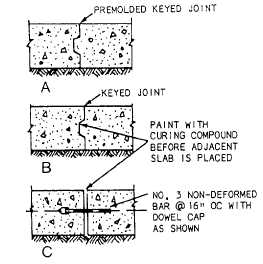Great wrorke!!
You beat me to it as I have been working along similar lines. The image below gives a plan view of the spillway. The red dots represent the position of the discharge ports.
Question - Do each of the points in the Slope of Lateral Drains graph represent a unique discharge port?
I am trying to develop a profile such that it becomes possible to identify the potential for the development of a harmonic response within the slab structure. We are not allowed to speculate on this site so I will not mention my hypothesis that such an harmonic may have lead to drainage system failure and / or to slab failure.
Since the harmonic will vary depending on the volume of flow there exists the possibility of the structure being at increased risk under specific discharge scenarios. This is very common in many engineered structures where a specific harmonic frequency will lead to the destruction of the structure. Marching soldiers always break step when passing over bridges for this reason. Knowledge of harmonic stress is relatively recent and I suspect it was not broadly known, or well understood in the pre 1967 engineering design phase.




